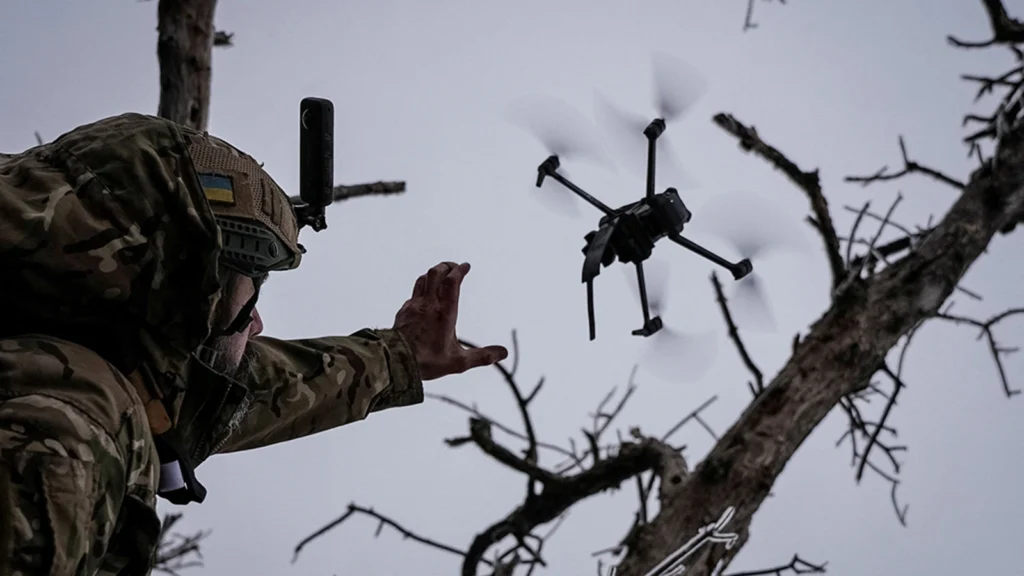A deadly drone strike in the Russian city of Belgorod has left one person dead and six others injured. The incident, which occurred in the heart of a region frequently impacted by cross-border hostilities, underscores the growing intensity and reach of modern warfare.
The explosion caused by the drone created panic among residents, many of whom were caught off guard by the sudden attack. Emergency services responded swiftly to the scene, attending to the injured and extinguishing small fires sparked by the blast. Among the six injured, at least two individuals were reported to be in serious condition and were immediately rushed to a nearby hospital for treatment. Authorities have since secured the area and launched an investigation into the nature and origin of the explosive device.
The attack also affected a village northeast of Belgorod, where another person was injured when a similar unmanned aerial vehicle struck a residential zone. Damage to buildings, vehicles, and infrastructure was reported in both locations, with windows shattered and debris scattered across the streets. Residents in the village expressed shock, noting that while the area had experienced previous warnings, this strike was more direct and destructive than any prior incident.
Local officials have urged the public to remain indoors and follow safety protocols, particularly during periods of heightened alert. They have also increased patrols and surveillance in an effort to prevent further incidents and reassure the population. In response to the drone strikes, several nearby schools and public institutions were temporarily closed, and checkpoints were established to monitor movement in and out of the affected zones.
The drone attacks have intensified fear and uncertainty in the Belgorod region, which has become a frontline of sorts in a conflict increasingly defined by aerial and long-range tactics. The use of drones in this context highlights the changing nature of warfare, where technology allows for precision strikes deep within enemy territory without the need for direct human engagement on the battlefield.
Civilians in Belgorod and the surrounding areas have found themselves in a precarious position, living in close proximity to an escalating conflict. For many, daily life has been disrupted by recurring threats of bombardment and sudden attacks. Local shelters and emergency services have been placed on high alert, and efforts are being made to bolster civil defense mechanisms across the region.
The situation has also prompted fresh debates around the adequacy of current security measures, particularly in areas once considered safe from direct hostilities. As drone capabilities evolve, so too must the strategies designed to detect and neutralize them before they can inflict harm.
While the full extent of the damage is still being assessed, the attack has added to the growing toll of the ongoing conflict, affecting not just soldiers and officials, but ordinary people who are increasingly bearing the consequences of a war that shows little sign of slowing down.

